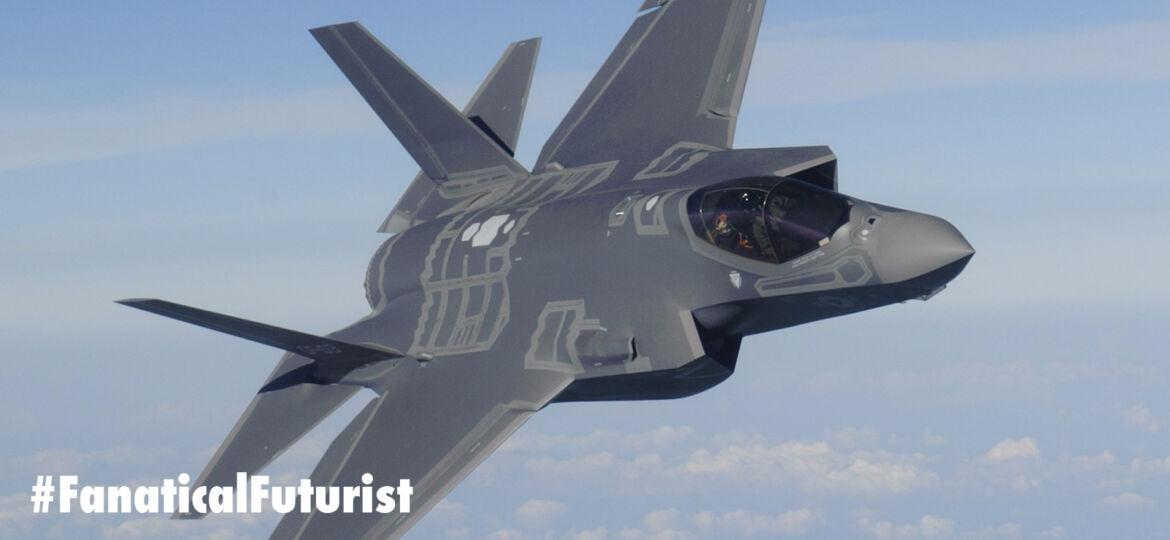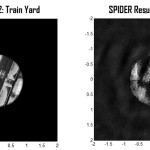
WHY THIS MATTERS IN BRIEF
Increasingly we’re using new, and advanced, optical systems to monitor everything that goes on around us, both on Earth and in space, and the more the sensors improve the more we can watch.
Today’s space telescopes, like the Hubble or the newest kid on the block, the $8.7Bn James Webb telescope, a 21 foot wide telescope that can see a Bee on the Moon from a million miles away, are big, normally very big. But then again that’s what you’d expect if you wanted to peer into the furthest corners of space, and their size is driven by their need to pack in a huge number of bulky lenses, sensors and other optical goodies.
Now though Lockheed Martin think they’ve solved that problem and they’ve just unveiled the first images from their Segmented Planar Imaging Detector for Electro-Optical Reconnaissance (SPIDER) platform – an optical instrument that promises pictures as sharp as what you’d expect from a multi-billion dollar, giant space telescope, but in a sensor that’s just an inch thick.
The technology works like this – instead of using a handful of monolithic lenses SPIDER relies on a bunch of small lenses whose data is divided and recombined using something called a Photonic Circuit, which is something like an integrated circuit you find in today’s modern computer chips, and while the initial results aren’t spectacular, they hold a lot of promise, and they’ll only get better over time as Lockheed develop the technology further.
As you can see below, the images are fuzzy compared to the source material, but it’s important to remember that this the prototype of an entire optical system that’s much smaller and lighter than anything we’ve previously been used to, and as a result that means it’s very impressive.
Furthermore, Lockheed expects the new instrument to be a lot cheaper than today’s bulkier systems and there’s an added bonus – because it’s so light and compact customers won’t have to spend as much money launching it into space. The upsides just keep getting better, and if SPIDER enters service then more countries and companies could consider building their own telescopes.
Lockheed also added that the technology wouldn’t just be limited to space based use cases either – UAVs like the ones from Elbit Systems that I’ve written about before, as well as other Pervasive Surveillance Systems, systems that watch everyone everywhere all the time, as well as regular drones, fighter jets and self-driving cars will also benefit.
While you probably won’t see this tech show up in your next smartphone anytime soon, because even though it’s thinner than a pencil it’s still too big, it’ll be a big boost for devices that today rely on bulky alternatives.
Look up and say cheese!


















Wild.